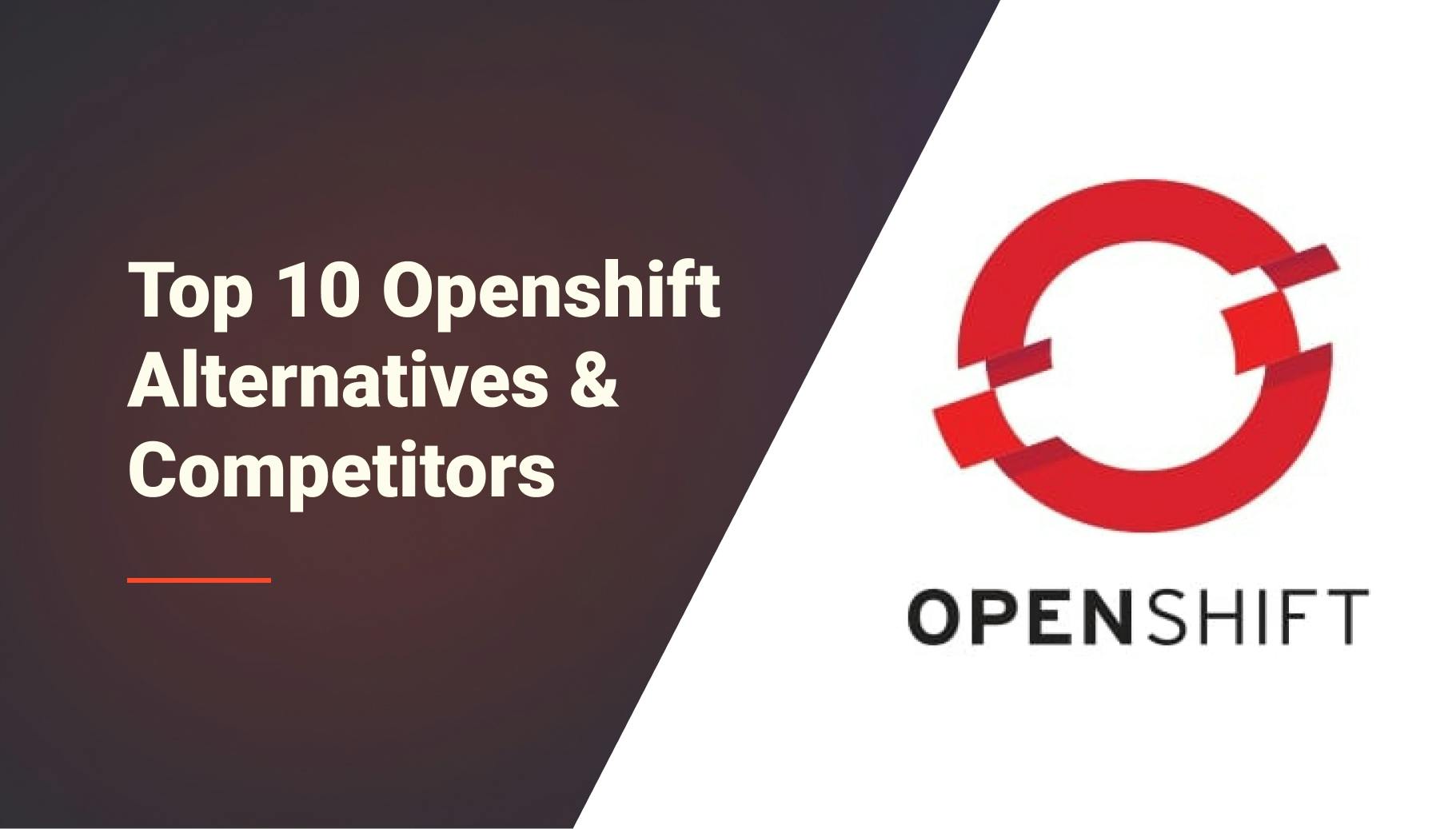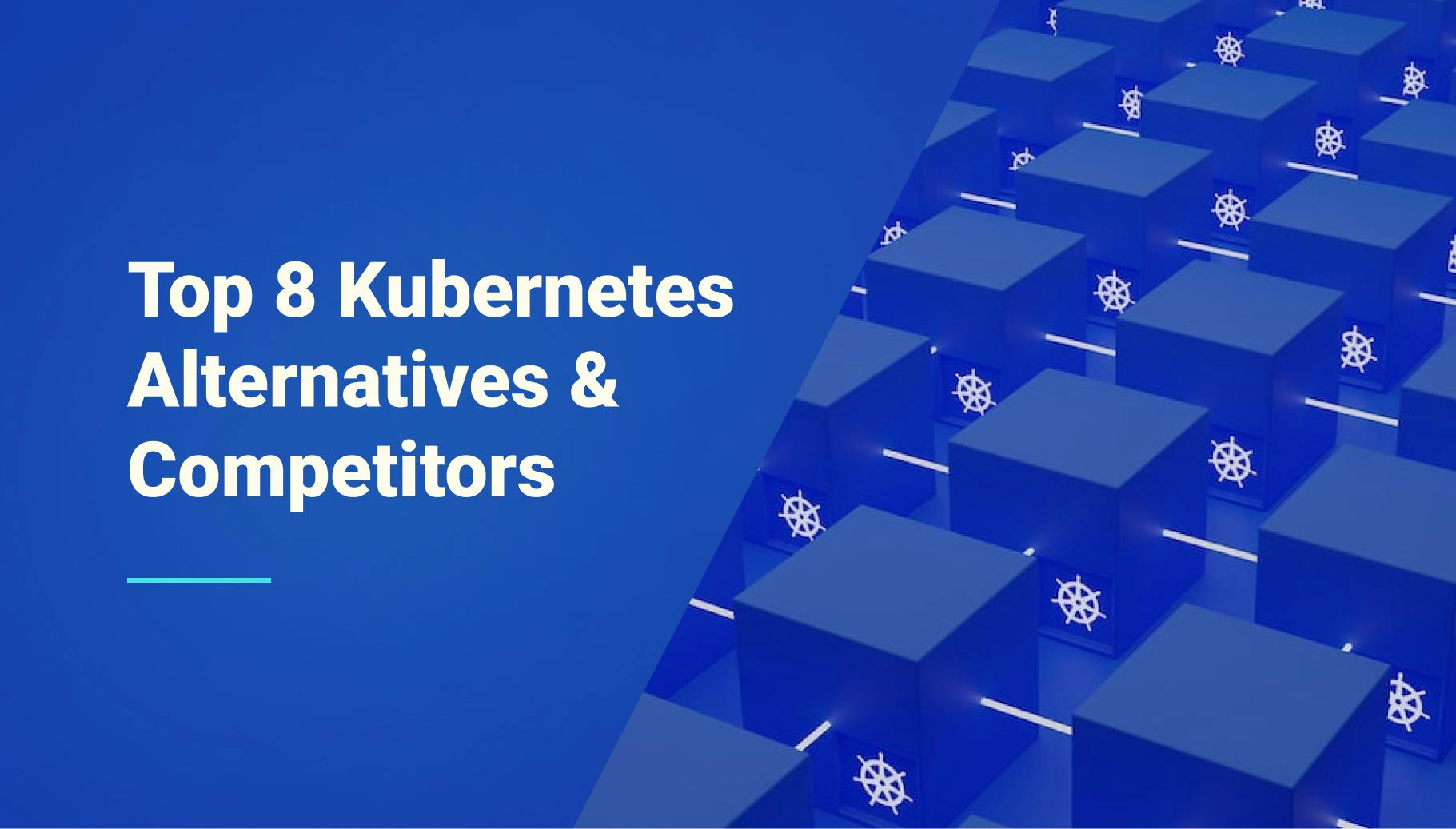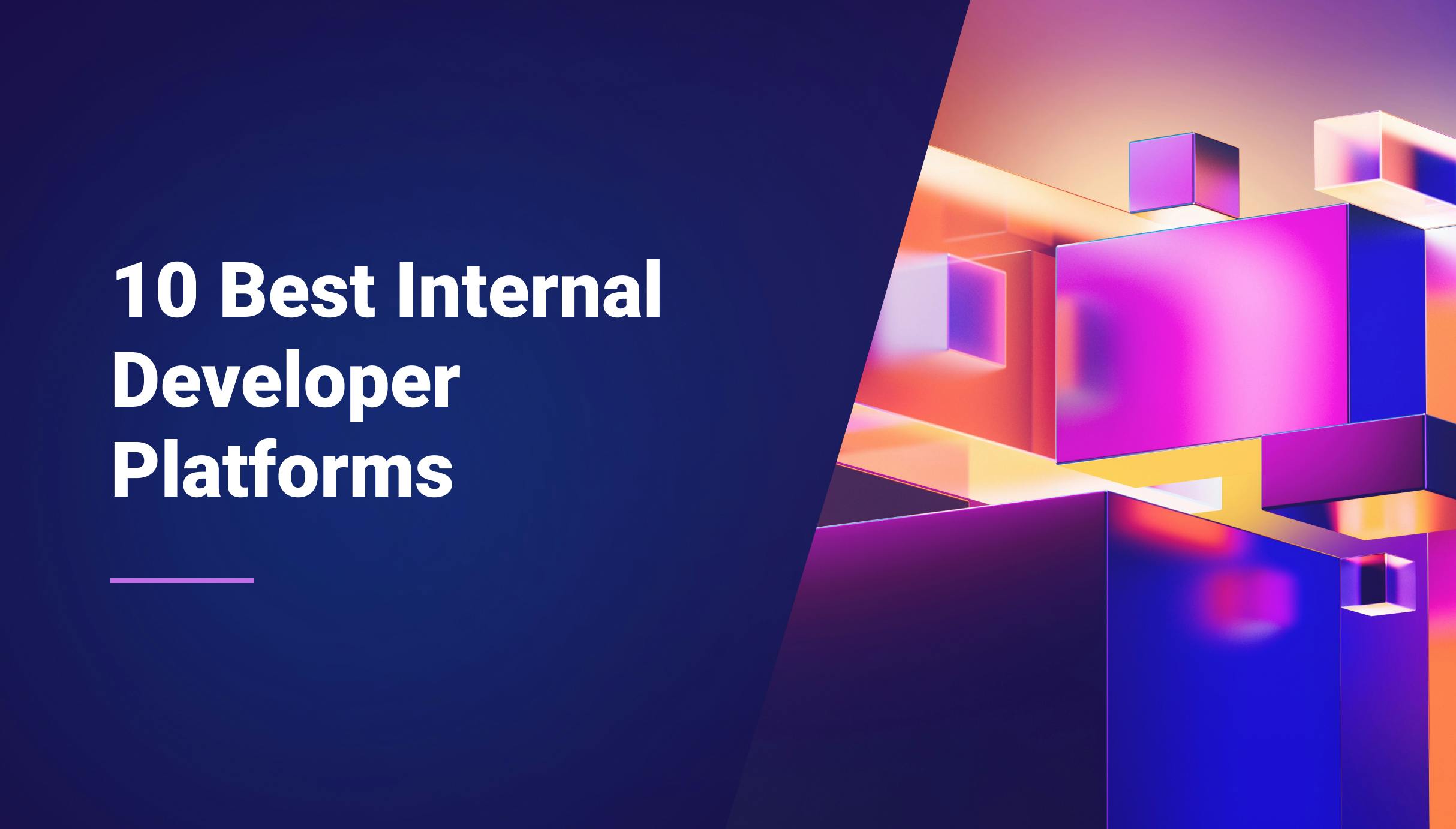VMware Tanzu vs Openshift
The cloud revolution has transformed technology landscapes, but managing its complexities poses its own challenges. Here comes Kubernetes, the container orchestration platform empowering rapid application development and deployment. Yet, with diverse options like VMware Tanzu and Red Hat OpenShift, choosing the right tool can be overwhelming. This article will discuss the pros and cons of both platforms and their detailed comparison and will guide you toward the perfect fit for your business’s specific needs.

Morgan Perry
January 3, 2024 · 7 min read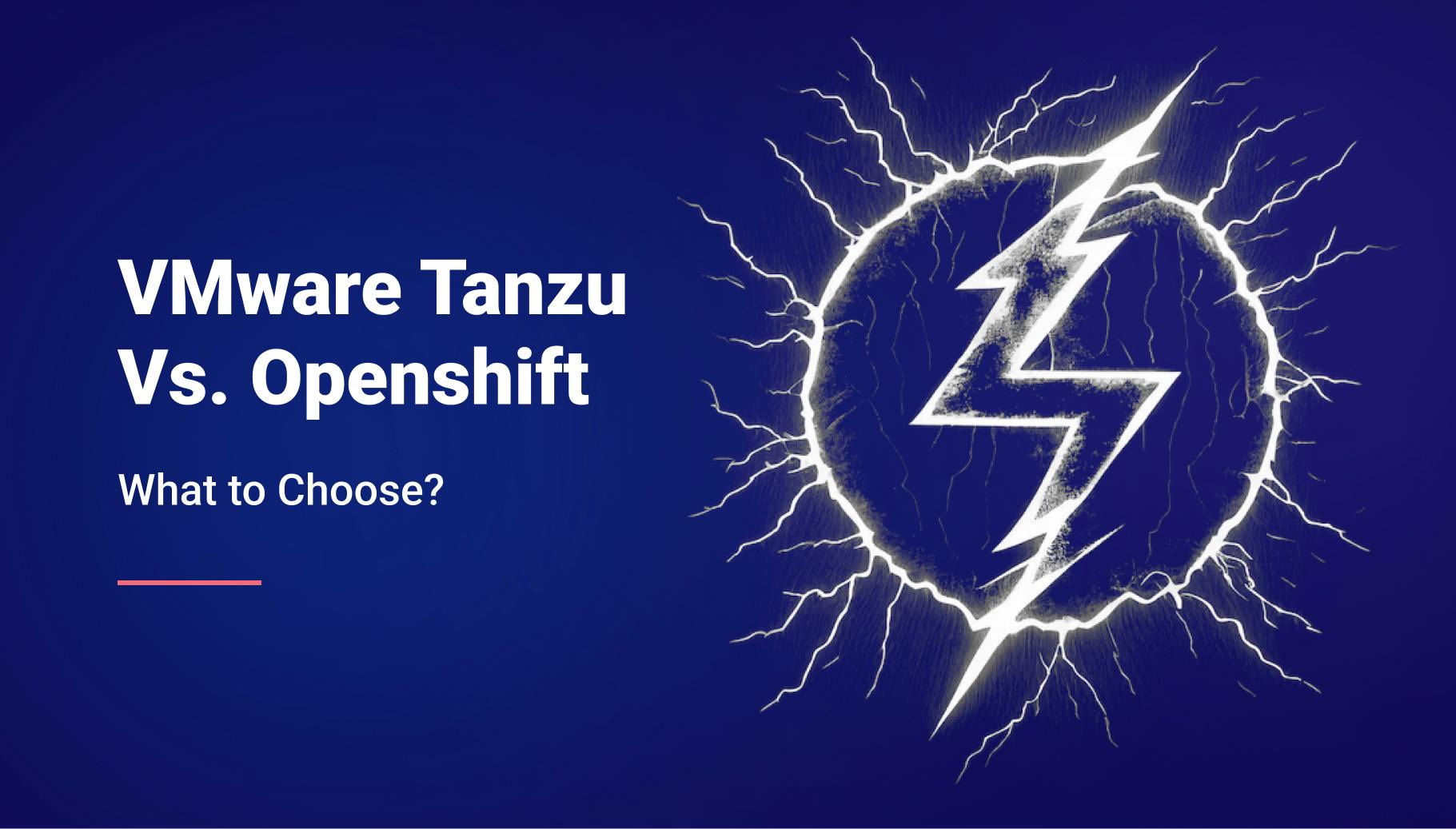
#What is VMware Tanzu?
VMware Tanzu is a modern cloud platform designed for managing Kubernetes at scale. It empowers organizations to build, run, and manage applications effectively on a Kubernetes-based infrastructure. Tanzu facilitates a bridge between developers and IT operations, streamlining the deployment and management of applications across multiple cloud environments.
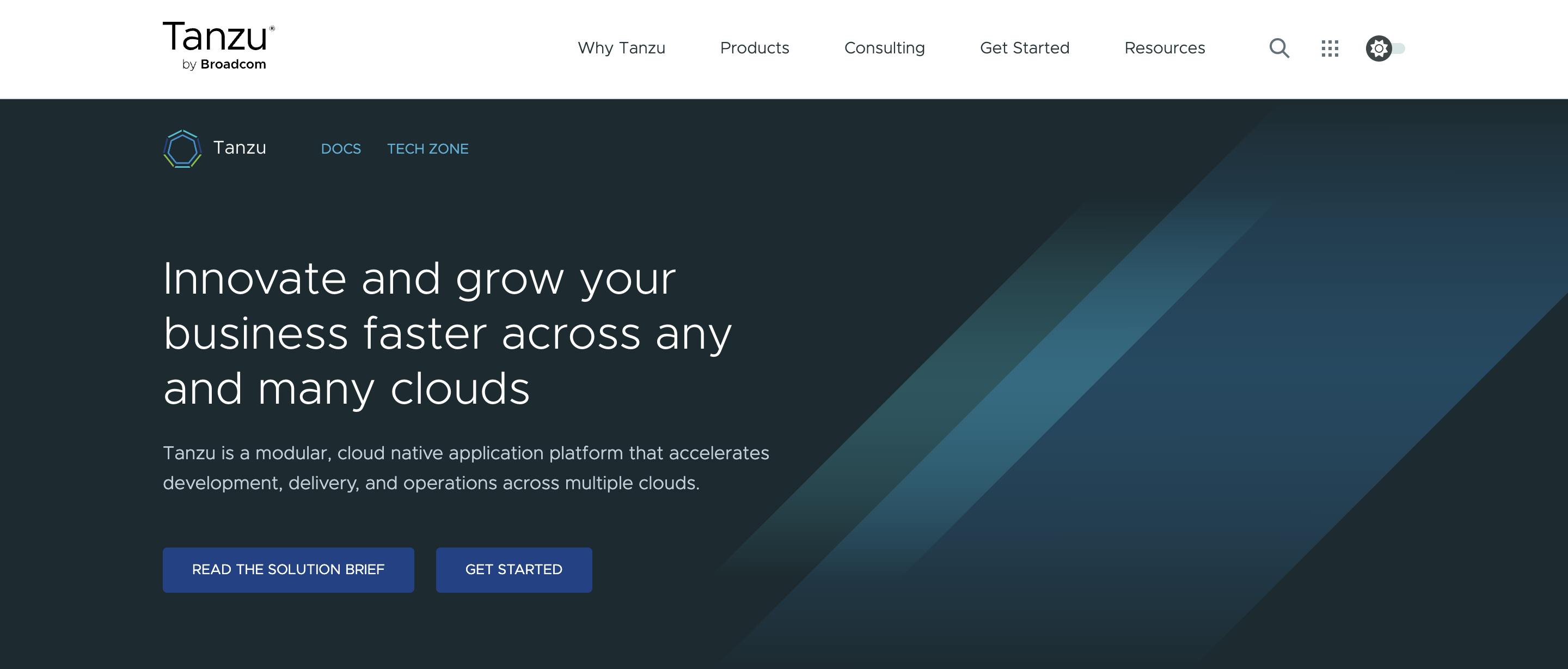
#Key Features
- Kubernetes management: Tanzu excels in simplifying Kubernetes operations, providing a unified platform for managing clusters across vSphere, public clouds, and Edge.
- Developer-centric tools: It offers tools that enhance developer productivity, ensuring efficient deployment and management of cloud-native applications.
- Enterprise-grade security: Tanzu embeds security throughout the application development lifecycle, safeguarding data and applications.
- Multi-cloud flexibility: Supports deployment across various cloud environments, ensuring flexibility and scalability.
#Use Cases
- Multi-cloud application deployment: Tanzu is ideal for enterprises deploying applications across various cloud infrastructures.
- Rapid application development: With its developer-friendly tools, Tanzu accelerates the development and deployment of applications.
- Complex data services management: Tanzu simplifies the integration and management of complex data services in cloud-native environments.
- DevOps and agile teams: Enhances collaboration between development and operations teams, streamlining the CI/CD pipeline.
#Pros
- Comprehensive management: Offers extensive tools for managing applications and Kubernetes clusters.
- Enhanced security features: Strong focus on security throughout the application lifecycle.
- Developer productivity: Provides a range of tools and integrations that boost developer efficiency.
#Cons
- Learning curve: Can be complex for new users, especially those unfamiliar with Kubernetes.
- Cost: May be expensive for smaller enterprises or startups.
- Integration challenges: While it offers extensive integration options, setting them up can be intricate.

#What is Red Hat Openshift?
Red Hat Openshift is a leading enterprise Kubernetes platform, designed to facilitate the development, deployment, and management of applications on the cloud. As a product of Red Hat, Openshift offers a robust and secure environment for both cloud-native and traditional applications. It streamlines the management of Kubernetes while providing a comprehensive set of features to support enterprise requirements.

#Key Features
- Kubernetes at its core: Openshift utilizes Kubernetes, enabling it to manage containerized applications efficiently across various environments.
- Enhanced security: With Red Hat's focus on security, Openshift provides robust security features for applications and infrastructure.
- Easy integration: Openshift easily integrates with various tools and platforms, making it highly adaptable for different enterprise needs.
- Developer-friendly: The platform simplifies the complexities of Kubernetes, offering a user-friendly interface for developers.
#Use Cases
- Enterprise application deployment: Ideal for deploying and managing enterprise-level applications, whether cloud-native or traditional.
- Microservices architecture: Facilitates the development and deployment of microservices, enhancing agility and scalability.
- Automated operations: Streamlines operational workflows through automation, reducing manual effort and potential errors.
- Hybrid cloud management: Efficiently manages applications across both on-premises infrastructure and public clouds.
#Pros
- Comprehensive management: Openshift provides an all-in-one solution for managing applications and infrastructure.
- Strong community and support: Backed by Red Hat, it offers excellent support and a vibrant community for troubleshooting and innovation.
- Extensibility: The platform's flexible nature allows for easy integration with existing systems and third-party tools.
#Cons
- Complexity: For beginners, the learning curve can be steep, especially for those new to Kubernetes and cloud management.
- Cost: As an enterprise solution, the cost can be a significant factor for small businesses or startups.
While Red Hat Openshift offers a comprehensive range of features for enterprise Kubernetes management, it's important to consider the broader ecosystem of available solutions. For a detailed comparison and insights into top Openshift alternatives, you can refer to our article on Top 10 Openshift Alternatives and Competitors.
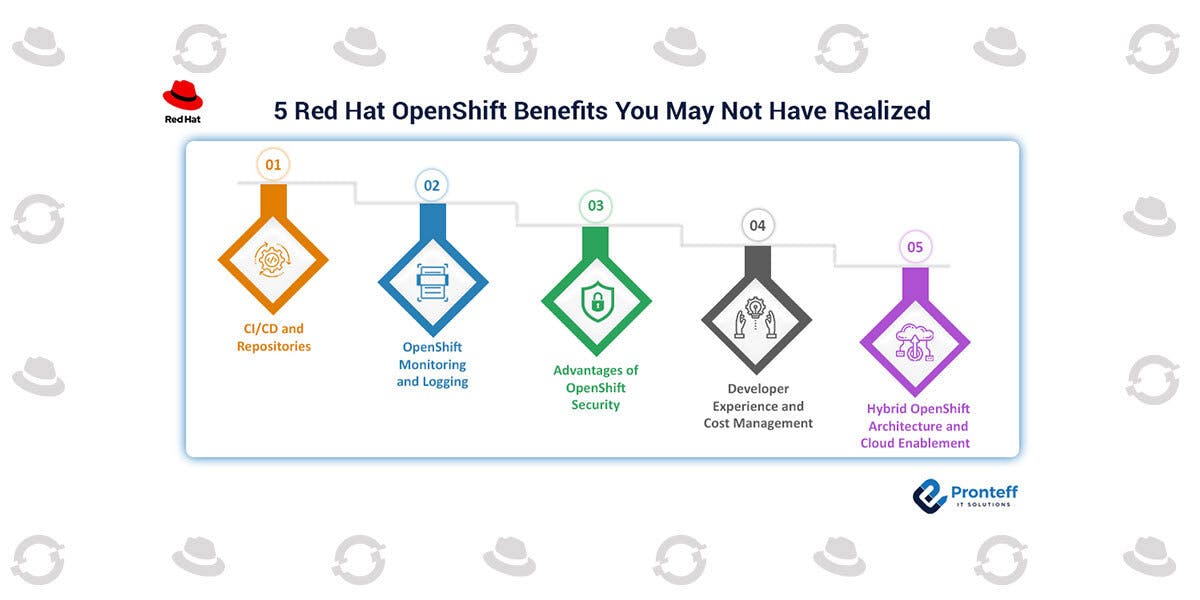
#In-Depth Comparison of Tanzu and Openshift
#1. Deployment flexibility
- VMware Tanzu: Dominates in environments heavily reliant on VMware's ecosystem. Its integration with VMware's existing infrastructure solutions makes it a superior choice for organizations already invested in VMware.
- Red Hat Openshift: Takes the lead in broader, more diverse environments. Openshift's flexibility and support for a wide range of underlying infrastructures, including public clouds like AWS, Azure, and Google Cloud, give it an edge in deployment versatility.
#2. Security features
- VMware Tanzu: Strong, but more focused on integration with VMware's security products. Ideal for those who want a seamless security experience within the VMware ecosystem.
- Red Hat Openshift: Has a slight edge in security, particularly due to its robust built-in features and strong emphasis on security at the container and orchestration layers, making it a go-to for organizations prioritizing advanced security measures.
#3. Integration capabilities
- VMware Tanzu: Shines in integration within VMware's suite. If your infrastructure is VMware-centric, Tanzu offers better native integration capabilities.
- Red Hat Openshift: Offers broader integration capabilities with a variety of third-party tools and services, thanks to its open-source nature. This makes Openshift more adaptable to diverse tech stacks.
#4. Management and operations
- VMware Tanzu: Offers excellent management tools, especially for VMware-based infrastructure, but might require additional learning for teams not already familiar with VMware's interface.
- Red Hat Openshift: Is more user-friendly and provides comprehensive management features that are easier for new users to grasp. Its automated operations and self-service capabilities are well-suited for organizations looking for streamlined management.
#5. Enterprise readiness
- VMware Tanzu: Is highly scalable and integrates well with traditional enterprise environments, especially those already using VMware solutions.
- Red Hat Openshift: Also scores high in enterprise readiness with its scalability and reliability. It stands out in supporting modern application development and deployment, making it more suitable for enterprises focusing on innovation and agility.
#6. Support and community
- VMware Tanzu: While it has robust support from VMware, its community is still growing. Best for those who rely heavily on vendor support.
- Red Hat Openshift: Benefits from a robust open-source community, offering a wealth of shared knowledge and resources. This can be a decisive factor for organizations that value community-driven support and collaboration.
Here is a table summarizing this comparison:
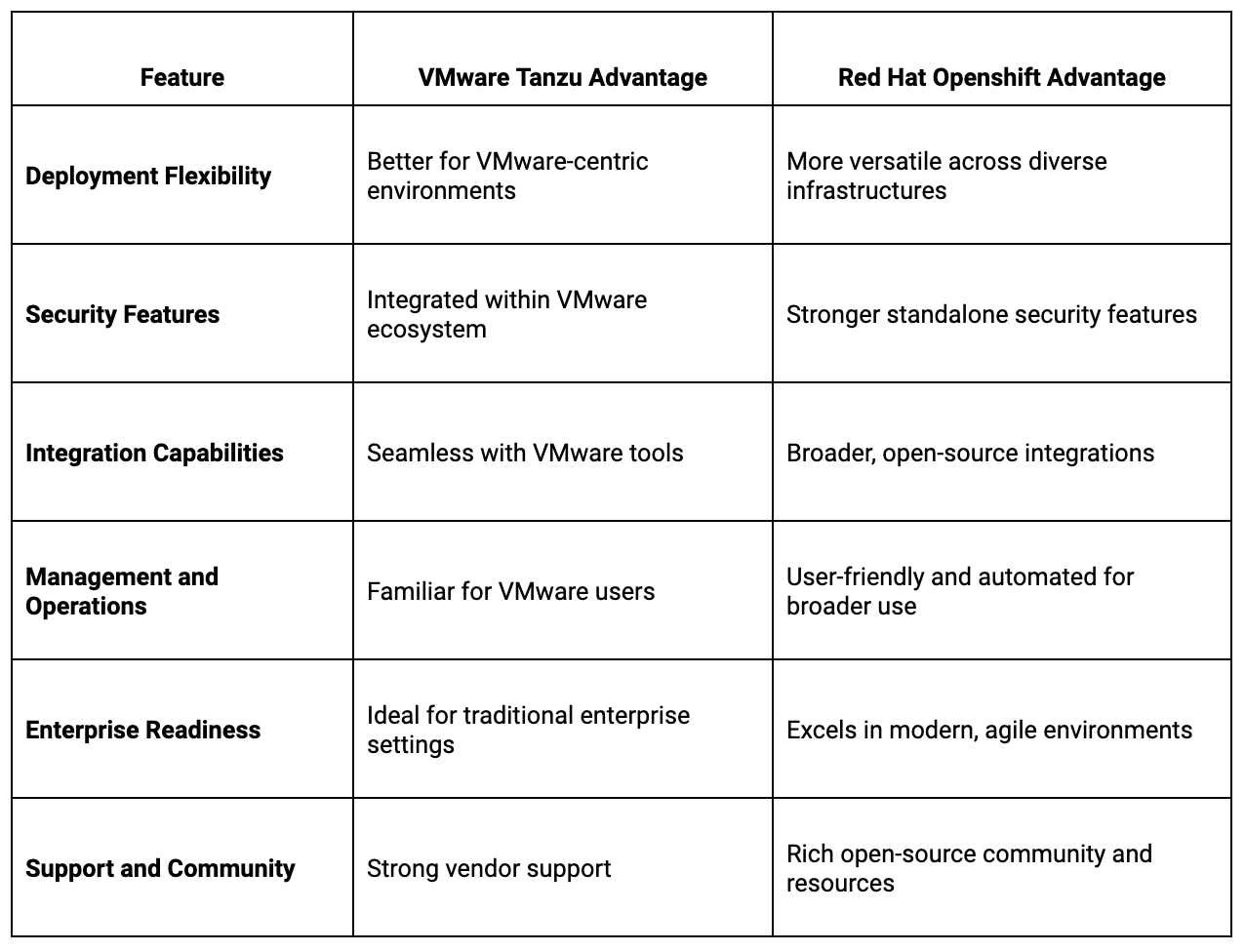
#How Qovery Complements VMware Tanzu and Red Hat Openshift
Qovery emerges as the best competitive alternative to VMware Tanzu and Red Hat Openshift, offering a streamlined and cost-efficient solution for deploying applications on Kubernetes. It serves as a superior developer experience on Kubernetes, simplifying deployment complexities and enhancing overall operational efficiency. Let’s see in detail how.
#How Qovery is superior to VMware Tanzu and Red Hat Openshift
Qovery establishes itself not just as a competitive alternative but as a superior choice over VMware Tanzu and Red Hat Openshift for Kubernetes deployment. Qovery's platform is designed to address and streamline the inherent complexities of deploying applications on Kubernetes, making it a more efficient and user-friendly solution.
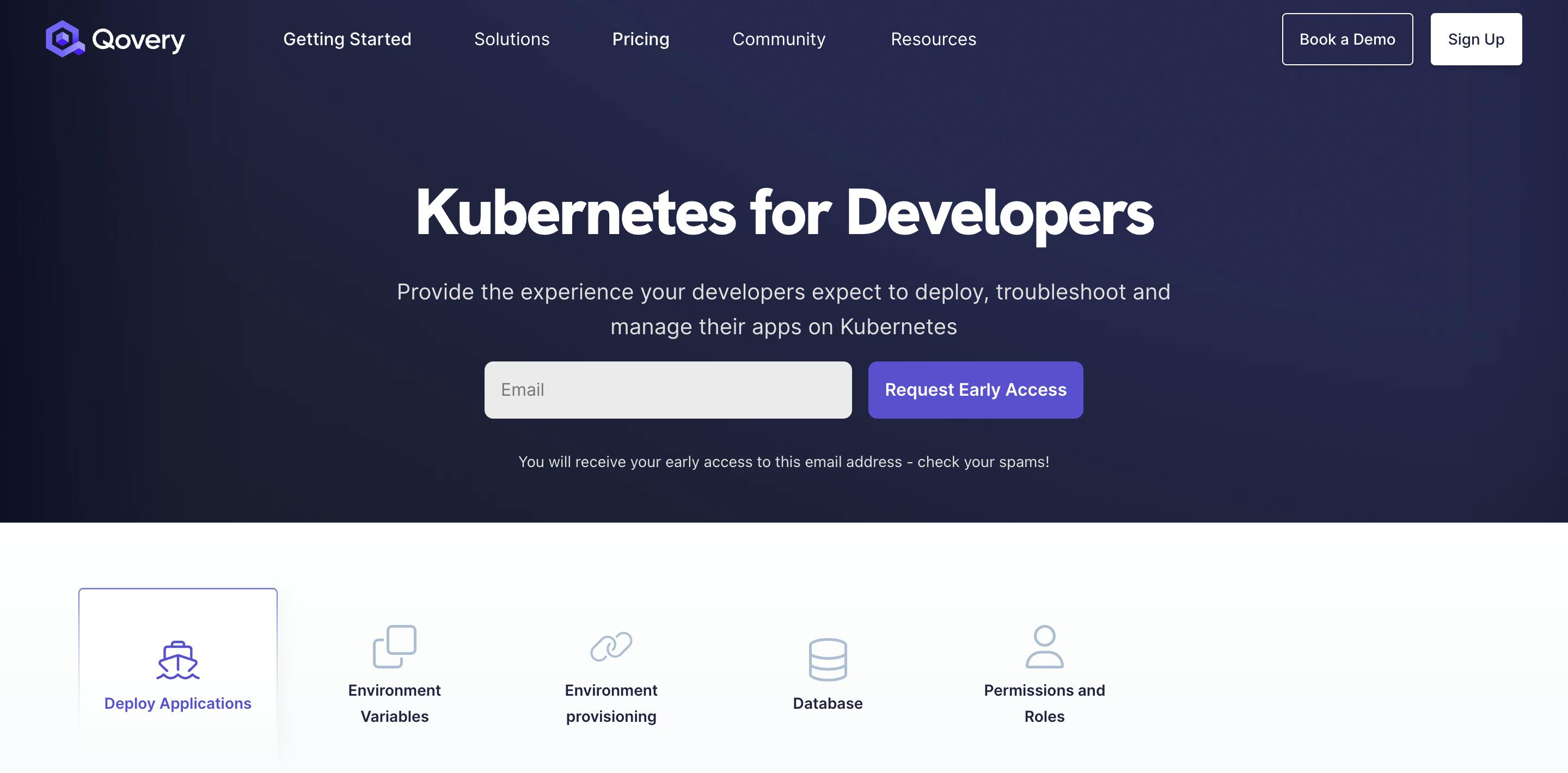
Below are some of the salient features of Qovery:
- Enhanced Kubernetes Deployment:
Qovery offers a simplified approach to Kubernetes deployment, eliminating the steep learning curve associated with Tanzu and Openshift. Its intuitive interface and automated processes enable developers to deploy applications with ease, without needing deep Kubernetes expertise. - Optimized Resource Management:
Qovery's advanced resource management capabilities exceed those found in Tanzu and Openshift. It dynamically allocates resources based on application demands, ensuring efficient utilization of Kubernetes clusters, which is particularly beneficial for large-scale operations. - Streamlined CI/CD Pipelines:
Unlike Tanzu and Openshift, Qovery provides a more refined and integrated approach to Continuous Integration and Continuous Deployment (CI/CD). This results in more agile software development, with seamless updates and efficient rollbacks. - Simplified Application Deployment:
Qovery's platform excels in making the deployment process more straightforward. It abstracts complex Kubernetes commands, allowing for easier application deployment, a feature that is particularly advantageous when compared to the complexities in Openshift and Tanzu. - Consistent Environment Configuration:
Qovery ensures consistent environments across development, staging, and production phases. This uniformity is crucial in reducing compatibility issues, a common challenge in Openshift and Tanzu environments. - Advanced Security Features:
Qovery enhances application-level security measures, complementing the platform-level security provided by Openshift. This dual-layer approach is essential for sensitive enterprise applications and is an area where Qovery stands out. - Automated Scaling and Load Balancing:
Qovery automates scaling based on traffic and resource usage, integrated with advanced load-balancing features. This functionality ensures high availability and performance, surpassing the native features in Tanzu and Openshift. - Improved Data Management and Persistence:
With Qovery, the process of connecting applications to databases and persistent storage is simplified, enhancing data management capabilities, a critical aspect for stateful applications that is more complex in Tanzu and Openshift. - Comprehensive Logging and Monitoring:
Qovery offers an additional layer of logging and monitoring, providing deeper insights into application performance and aiding proactive issue resolution, an area where it has an edge over Tanzu’s and Openshift’s native tools.
#Conclusion
Ultimately, the choice between Tanzu and Openshift boils down to your specific priorities. Tanzu shines in VMware-centric environments and traditional enterprise settings, while Openshift excels in diverse infrastructure and modern application development. Both offer robust security and scalability, but Openshift's open-source nature and vibrant community might be a deciding factor for some.
However, regardless of your choice, consider Qovery as your ally in simplifying and enhancing your cloud journey. While Qovery is an independent solution, it stands as a powerful alternative to Tanzu and Openshift, providing automated container orchestration, resource optimization, and streamlined CI/CD pipelines, which enhances the Kubernetes experience for developers. From simplified application deployment and consistent environments to enhanced security and comprehensive monitoring, Qovery empowers you to focus on what matters most: building and delivering exceptional software.
Your Favorite Internal Developer Platform
Qovery is an Internal Developer Platform Helping 50.000+ Developers and Platform Engineers To Ship Faster.
Try it out now!

Your Favorite Internal Developer Platform
Qovery is an Internal Developer Platform Helping 50.000+ Developers and Platform Engineers To Ship Faster.
Try it out now!
